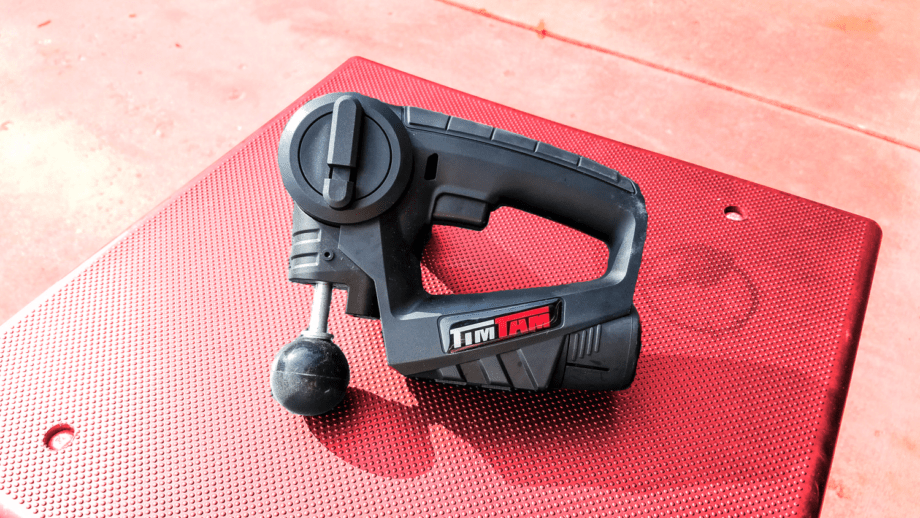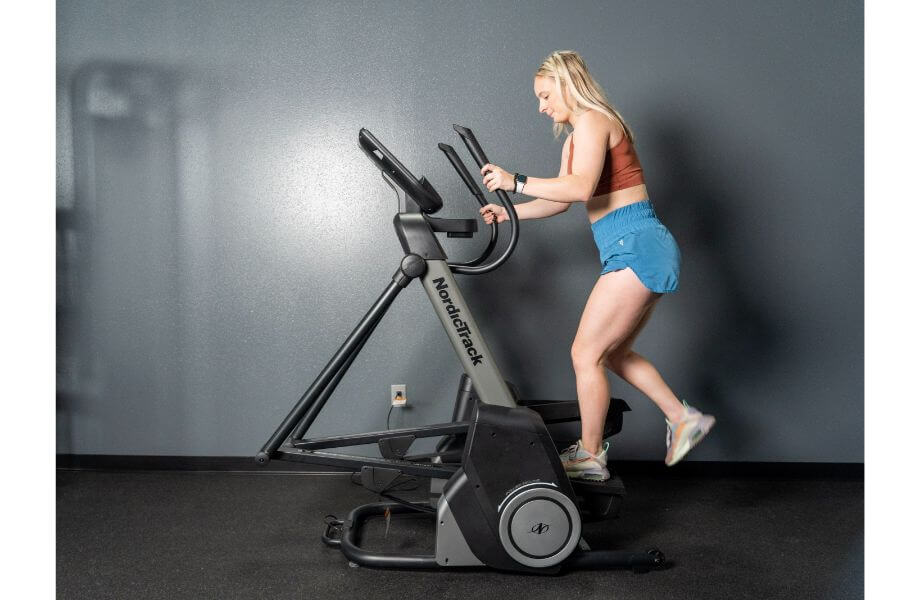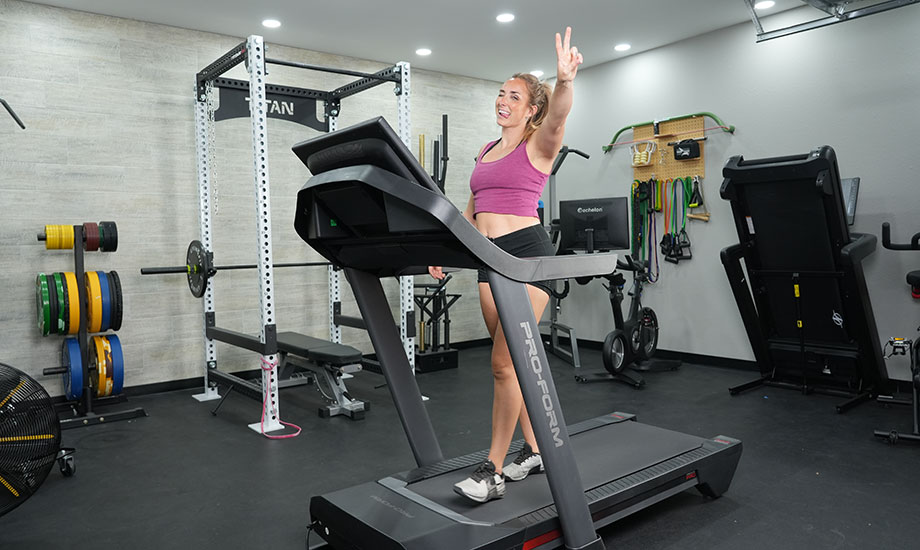If you’re a new runner, chances are you have a desire to one day run longer distances. However, long-distance running is no easy feat. There’s a lot of training involved in making that happen, and beginners have to practice patience to achieve this goal.
If you want to run a half marathon or farther one day, you’ll need some training tips. So, keep reading to learn how to improve your fitness level and achieve your long-distance running goals.
11 Expert Tips for Running Longer
By incorporating the suggestions below, you may be able to create a training plan that gets you ready for race day. With a lot of practice and effort, you may one day be part of the unofficial long-distance runners club. So let’s get ready, get set, GO!
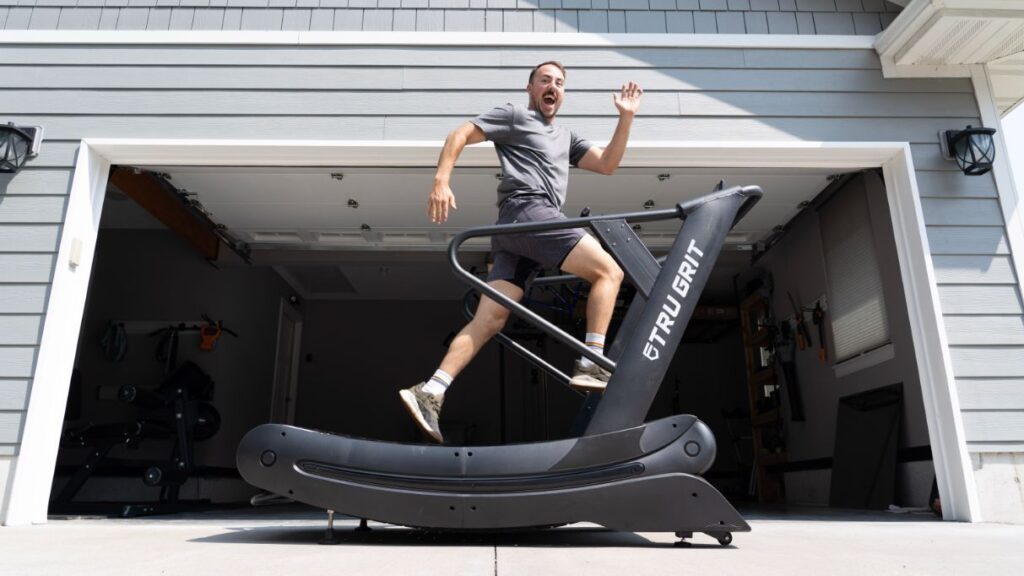
#1 Don’t Neglect the Warm-up
Before putting on your running shoes and heading for the finish line, warm up first. In addition, by warming up, you properly prepare your body for aerobic exercise, as the activity increases your heart rate and gets the blood flowing to your muscles.
But that’s not all. Studies show that a good warm-up also stimulates your nervous system and increases the speed of nerve transmission1. Your nerves are needed to help with coordination and muscle contraction2.
If that’s not reason enough to warm up, at least consider it to reduce your risk of injury. I don’t know about you, but I’d much rather take 5 minutes to warm up than deal with an entire day of preventable muscle soreness.
#2 Take Your Time
If you’re currently running 1-2 miles at a time, are you automatically ready to jump to 3-6 miles? Not exactly. Doing this could result in a running injury and delay you even more, especially if you’re new to this. Instead, beginners should focus less on increasing their mileage and focus more on simply adjusting to running.
New runners should create a training schedule that matches their fitness level. If you’re not sure how to do this, consult with a personal trainer or running coach. They’ll be able to show you proper running form and give you long-distance running tips. Once you get to a point in your training where running 1-2 miles feels like an easy run, now you can consider going farther and/or adding some variety.
RELATED: Couch to 5K Training Program
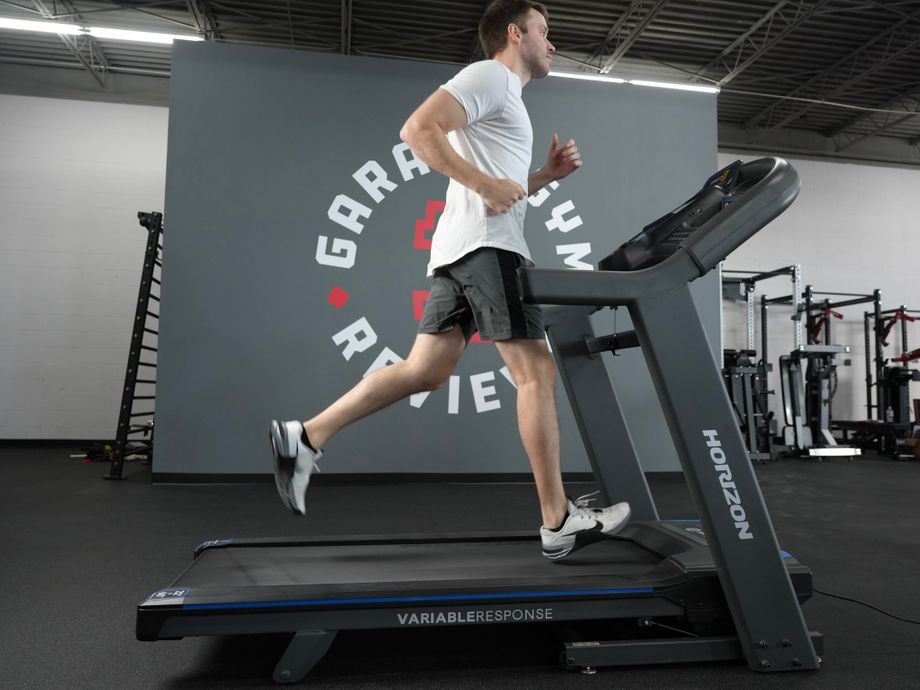
You could follow the 10% rule, which is when you increase your weekly mileage in increments of 10%. So if you run 10 miles this week, you would run 11 miles next week. However, one study3 on bone restructuring from high-impact exercise showed that doing this could make your bones weaker for 3-4 weeks. This is because adding new stress weekly may not give your tissues and bone enough time to recuperate.
As a result, it’s sometimes recommended that you increase your distance every few weeks by 30% instead. This may give your bones and tissue more time to adjust. To provide you with an example of what this looks like, if you’re currently running 10 miles a week, you will boost it to 13 miles per week in 3-4 weeks.
#3 Don’t Forget To Add Intensity
A published study4 reviewed the training of world-class distance runners, and guess what they found? Researchers discovered that those athletes used a mix of long-distance running and high-intensity interval training for running training.
Another study5 published in 2017 evaluated hill training among long-distance runners specifically and noted very meaningful results. The group that did hill training, which is a type of HIIT, showed great improvement in VO2 max, resting heart rate, and speed endurance.
Therefore, as you’re putting together your training plan, consider speed, and don’t forget intensity.
#4 Prepare For the Side Stitches
While working out, have you ever gotten a sharp, stabbing pain below your right ribs? Many people call them side stitches or cramps, while others refer to them as exercise-related transient abdominal pain. But, no matter what it’s called, they’re not very pleasant.
Side stitches typically happen while swimming or running but can occur during any exercise. Fortunately, there are some things you can do to prevent them. One way is to warm up so you can get the oxygen flowing through your body. Also, consider the following suggestions:
- Avoid running shortly after eating
- Don’t drink sweet beverages before working out
- Try not to take shallow breaths while running
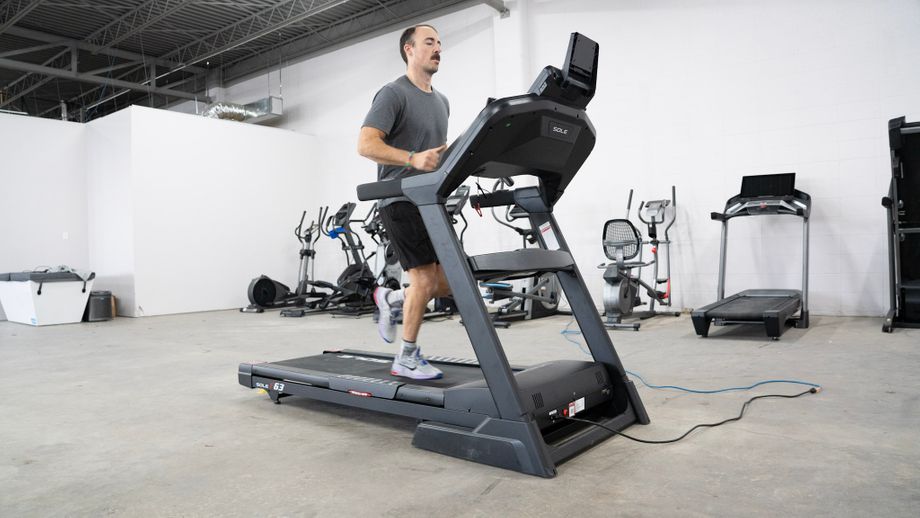
#5 Watch Your Pace
A good rule of thumb for beginner runners and experienced runners is to watch your pace. Running too fast is a common reason why many new runners quit. They either feel like it’s impossible to do or get injured from overdoing it.
Understand that running long distances is really about building endurance and not so much about increasing speed. Therefore, it’s okay to go slow and steady. Running slower during long-distance runs makes your blood vessels more efficient at sending oxygen to your muscles. Having more oxygen in your muscles allows you to produce the energy you need to run for a longer period of time.
For marathon training and other common distances, it might be helpful to use a pace chart or running pace calculator to see what you should strive towards.
#6 Assess Your Form
You increase your risk of injury and discomfort without good form, and I’m sure you don’t want that. So here are some suggestions for getting your running form right:
- Look ahead and not down at the ground while running.
- Try to breathe deeply using your diaphragm
- Increase your stride rate to reduce the impact on your joints
- Lean slightly forward while running and engage your core
- Keep your arms at a 90-degree angle to drive your shoulders backward
#7 Implement Strength Training
This might come across as a surprise, but you don’t become a great long-distance runner solely by running more. Instead, it’s imperative that you cross-train. Endurance athletes benefit greatly from doing strength training exercises and a mix of other activities. Strength training specifically helps you increase your power and overall body strength, which you’ll undoubtedly need when running long distances.
So while preparing for that upcoming ultramarathon, don’t hesitate to throw in some squats, planks, reverse lunges, deadlifts, and lateral raises. Your body will thank you for it!
#8 Stretch When Needed
What do you do when you feel tightness in your hamstrings in the middle of a run? Do you suck it up and just push through it, or do you take a moment to stretch? We hope that you’re doing the latter! If you’re running and feel sudden muscle tightness, don’t hesitate to stretch out that area. Pushing through it could potentially make it worse and result in an injury.
To avoid cramps like this happening in the first place, make sure you’re stretching before and after your runs. You’ll especially need to stretch afterward to get the build-up of lactic acid out of your muscles.
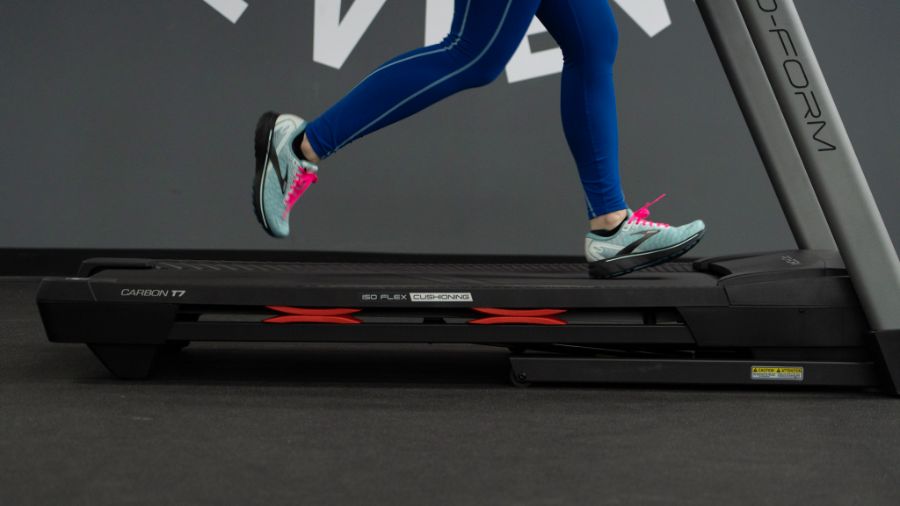
#9 Properly Fuel Yourself
The last thing you want to experience on marathon day is an upset stomach, so it’s important to properly fuel yourself. The night before your big run, we recommend eating denser and slow-digesting foods like complex carbohydrates, proteins, and fats. Your body will still have the energy stored from those foods that next morning and will be able to utilize it during the run.
Before your run, drink at least 8 ounces of water or a sports beverage with electrolytes. Don’t forget to consume these beverages during your run, too, as your body will need them to keep going.
#10 Make Sure You Cool Down
The often neglected cousin of the warm-up is the cool-down, but they’re pretty important too! A proper cool-down will help your heart rate and body temperature gradually return to normal. You may become sick or pass out if these changes happen too quickly.
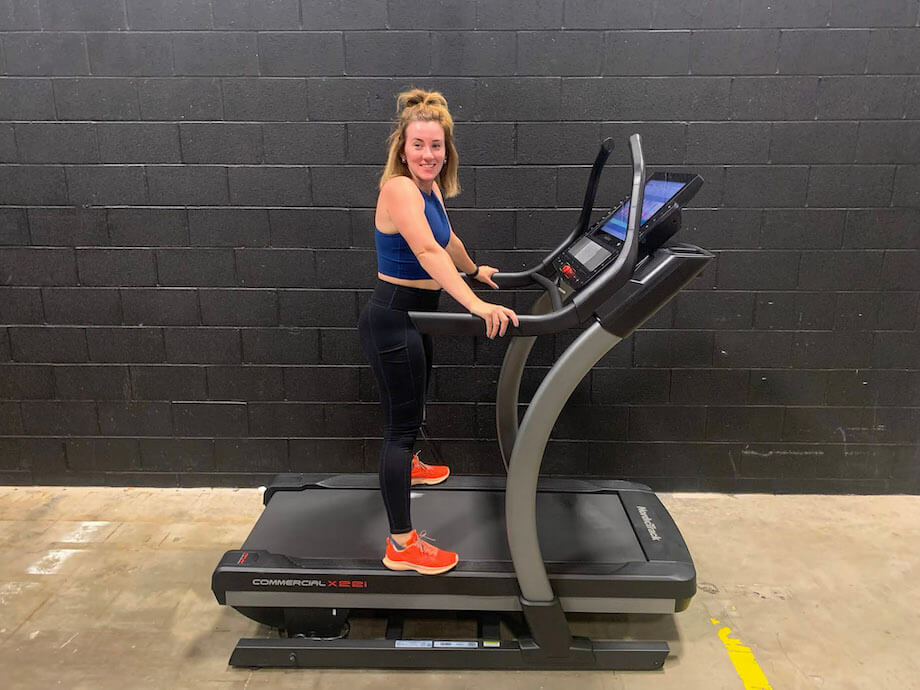
#11 Prepare Your Mind Also
Most of our expert tips for running longer have centered around how to prep your physical body, but you have to be mentally prepared too. The biggest battle for many new runners is their mindset. Many of them can physically run long distances but let their mental strength hold them back.
Remind yourself that it’s mind over matter and that you have all the tools you need to achieve this goal. Work on your mental toughness with each practice, as this is a common profile for endurance athletes. One way to help with this is by putting together a playlist of your favorite tunes. There’s nothing like hearing a song that amps you and makes you feel like a warrior. You’ve got this!
Running Pace Calculator

Calculate Your Running Pace
Enter your stats in any 2 of the fields below to calculate the third.
FAQs About How to Run Long Distance
How can I run longer without getting tired?
One way to run longer without experiencing great fatigue is by eating nutritious foods. Avoid heavy dishes that make you feel like curling up in bed and taking a long nap. In addition, check your form, adjust your pace, and manage your breathing. Lastly, prepare your mind for the race by preparing a playlist of your favorite tunes and reciting mantras.
How fast should you run for long distance?
It ultimately depends on the actual distance and your fitness level. For example, a beginner doing a 5K race may take 10-15 minutes to complete one mile. In contrast, an elite runner might complete a mile in less than six minutes.
What is the most efficient way to run a long-distance race?
The most efficient way to run a long-distance race is to pace yourself and stay adequately hydrated. It also helps mentally if you break the distance up into sections. You’ll feel rewarded with each “section” you complete until you reach the finish line.
Lastly, if you have an opportunity, learn the running route beforehand and possibly practice it a few times.
References
1. Andrade, D.C., Herniquez-Olguin, C., et al. “Effects of general, specific, and combined warmup on explosive performance.” Biol Sport. 2015 Jun; 32(2): 123–128. Published online 2015 Feb 16. doi: 10.5604/20831862.1140426
2. Neves, P., Alves, A., et al. “Warming-Up for Resistance Training and Muscular Performance: A Narrative Review.” March 9th, 2021. DOI: 10.5772/intechopen.96075
3. Franklyn, M., and Oakes, B. “Tibial Stress Injuries: Aetiology, Classification, Biomechanics and the Failure of Bone.” Published: February 17th, 2012. DOI: 10.5772/32425
4. Haugen, T., Seller, S., et al. “The Training Characteristics of World-Class Distance Runners: An Integration of Scientific Literature and Results-Proven Practice.” Sports Med – Open 8, 46 (2024). https://doi.org/10.1186/s40798-022-00438-7
5. Taddese, A., PHD. “The impact of hill training on middle and long distance athletes: with specific reference to oromia water works athletics club, Ethiopia.” International Journal of Scientific and Research Publications, Volume 7, Issue 11, November 2017 287 ISSN 2250-3153




